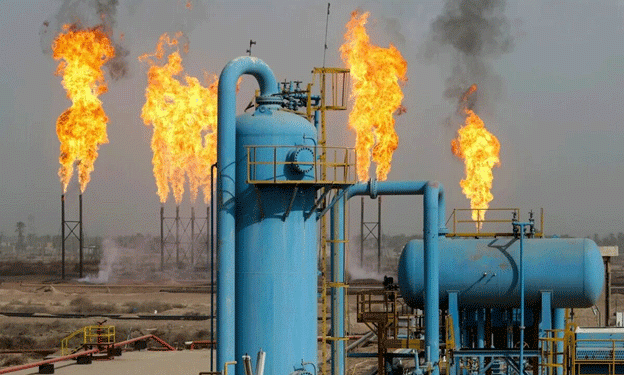The complex, spanning 3.6 hectares, has been integrated with an energy-efficient natural gas system. This choice of fuel not only reduces operational costs but also minimizes environmental impact, aligning with global trends toward cleaner energy in agriculture. The use of natural gas powers an on-site energy center, ensuring that the greenhouses maintain the optimal growing conditions for year-round vegetable production. This focus on sustainability is crucial, given the growing concern over the carbon footprint of food production.
The Kamchatka Development Corporation (KRDV) has played a pivotal role in facilitating the project. Besides securing natural gas supply, the KRDV has allocated land, provided electricity, and offered tax benefits as part of government support for ASEZ residents. Additionally, federal funds are being directed toward establishing advanced water supply and drainage systems. This comprehensive infrastructure package ensures that the greenhouse complex operates efficiently and sustainably.
Economic and Social Impact
With an investment of approximately 2.5 billion rubles, the greenhouse project is expected to create 100 new jobs, contributing to the local economy and providing stable employment opportunities. Director of KRDV Kamchatka, Sergey Moskalev, emphasized the project’s significance, noting that it will supply between 75% and 80% of the Kamchatka region’s demand for tomatoes and cucumbers. This increase in local production is crucial for reducing reliance on imported vegetables, which are often subject to high transport costs and variable quality.
Moreover, the project sets a precedent for using natural gas as a cleaner energy source in agricultural operations. In other regions, natural gas has been successfully integrated into greenhouse systems to provide stable heat and electricity, supporting optimal crop growth. For example, similar projects in Europe have shown that natural gas can cut emissions by 30% compared to traditional energy sources while improving production efficiency.
Government and Regional Collaboration
The success of this large-scale investment is the result of collaboration between regional authorities, federal government bodies, and utility providers. By integrating resources and leveraging government incentives, Kamchatka is setting an example of how strategic investments in agriculture can improve food security while fostering economic growth. The government’s role in providing necessary infrastructure and economic incentives is a model that could be replicated in other remote regions facing similar challenges.
The Kamchatka greenhouse complex represents a major advancement in Russia’s agricultural sector, showcasing how modern technology and sustainable energy can transform local food production. With the ability to meet up to 80% of regional demand for key vegetables, the project promises economic benefits and food security for Kamchatka’s residents. As the world continues to face agricultural challenges due to climate change and supply chain disruptions, investments like these are critical for a resilient future.










